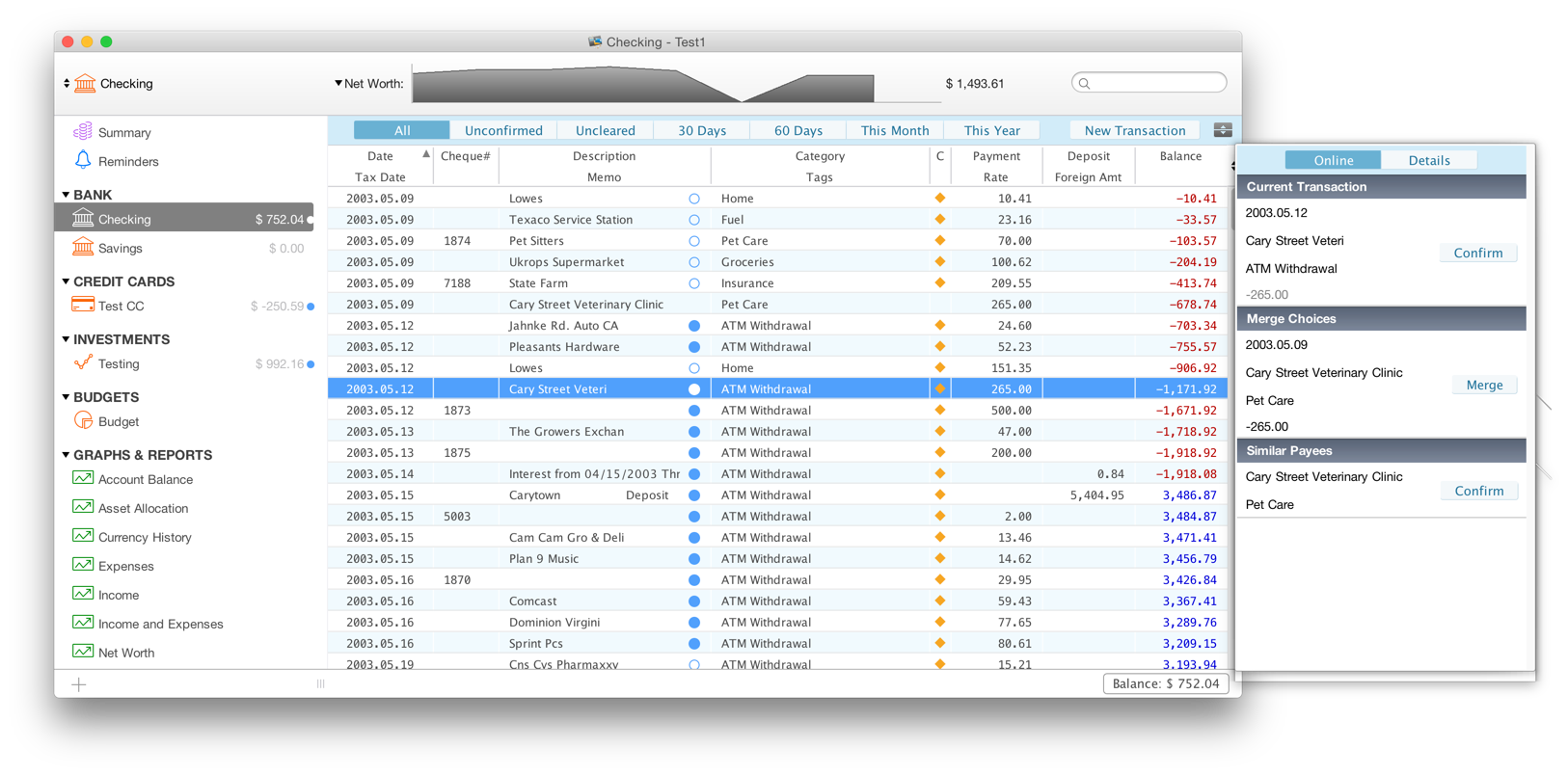


The patent office of the new democratic government granted Suzuki a financial subsidy to continue research in motorcycle engineering.īy 1954, Suzuki was producing 6,000 motorcycles per month and his company had officially changed its name to Suzuki Motor Co., Ltd. The new double-sprocket gear system enabled the rider to either pedal with the engine assisting, pedal without engine assist, or simply disconnect the pedals and run on engine power alone.
Orange paper clip icon in quicken for mac 2016 free#
Suzuki's first two-wheeled vehicle was a bicycle fitted with a motor called, the "Power Free." Designed to be inexpensive and simple to build and maintain, the 1952 Power Free had a 36 cc, one horsepower, two-stroke engine. A number of firms began offering "clip-on" gas-powered engines that could be attached to the typical bicycle. After the war, the Japanese had a great need for affordable, reliable personal transportation. įaced with this colossal challenge, Suzuki returned to the production of motor vehicles. But the joy was short-lived as the cotton market collapsed in 1951.

Suzuki's fortunes brightened as orders began to increase from domestic textile manufacturers. government approved the shipping of cotton to Japan. Loom production was given a boost when the U.S. With the onset of World War II, production plans for Suzuki's new vehicles were halted when the government declared civilian passenger cars a "non-essential commodity." At the conclusion of the war, Suzuki went back to producing looms. It had a cast aluminum crankcase and gearbox and generated 13 horsepower (9.7 kW) from a displacement of less than 800cc. These first Suzuki motor vehicles were powered by a then-innovative, liquid-cooled, four-stroke, four-cylinder engine. The project began in 1937, and within two years Suzuki had completed several compact prototype cars. Based on consumer demand, he decided that building a small car would be the most practical new venture. ĭespite the success of his looms, Suzuki believed that his company would benefit from diversification and he began to look at other products. The company's first 30 years focused on the development and production of these machines. In 1929, Michio Suzuki invented a new type of weaving machine, which was exported overseas. Business boomed as Suzuki built weaving looms for Japan's giant silk industry. In 1909, Michio Suzuki (1887–1982) founded the Suzuki Loom Works in the small seacoast village of Hamamatsu, Japan. 2.7 Suzuki Motorcycle India, Private Limited.2.3 Pakistani Suzuki Motor Company Limited.2.1 Maruti Suzuki India Limited (Formerly Maruti Udyog Limited).Suzuki's domestic motorcycle sales volume is the third largest in Japan. The worldwide sales volume of automobiles is the world's tenth largest, while domestic sales volume is the third largest in the country. Suzuki has over 45,000 employees and has 35 production facilities in 23 countries, and 133 distributors in 192 countries. In 2016, Suzuki was the eleventh biggest automaker by production worldwide. Suzuki manufactures automobiles, four-wheel drive vehicles, motorcycles, all-terrain vehicles (ATVs), outboard marine engines, wheelchairs and a variety of other small internal combustion engines. Suzuki Motor Corporation ( Japanese: スズキ株式会社, Hepburn: Suzuki Kabushiki-Kaisha) is a Japanese multinational corporation headquartered in Minami-ku, Hamamatsu, Japan.


 0 kommentar(er)
0 kommentar(er)
